30+ Policy Memo Examples to Download
Policy memos play a crucial role in organizations, serving as a concise and effective means of communicating important policies, procedures, or decisions. Whether you need to draft a memo for internal purposes or share it with external stakeholders, having access to various software applications like Word, Google Docs, Apple Pages, and PDF can greatly simplify the process. In this article, we will explore the versatility of these applications and provide a diverse collection of 30+ policy memo examples. These resources will assist you in creating well-structured and impactful memos for a wide range of purposes.
1. New Policy Memo Example
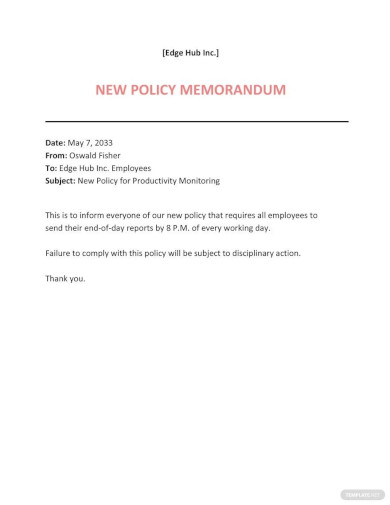
2. Executive Summary Example
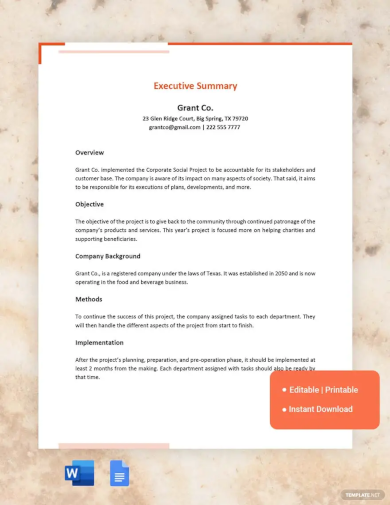
3. Government Memo Format Example
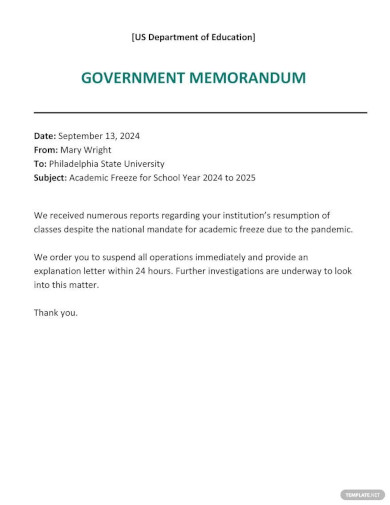
4. Sample Policy Memo Example
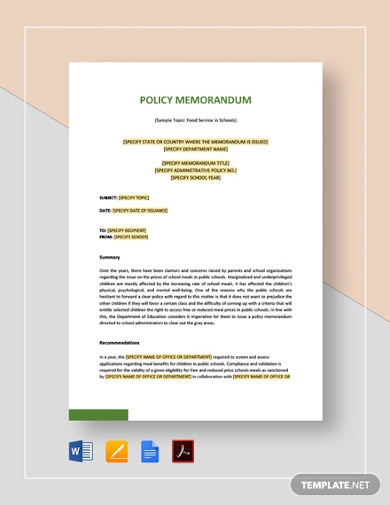
5. Problem Statement Example
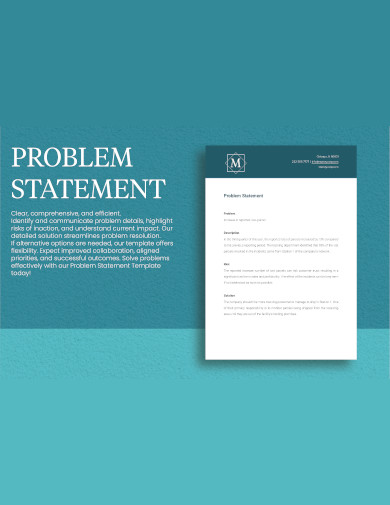
6. Sample Policy Memo
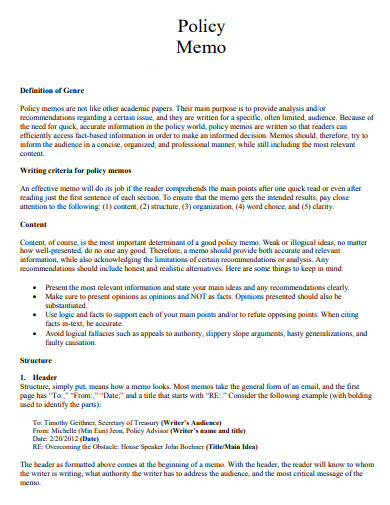
twp.duke.edu
7. Policy Memo Template
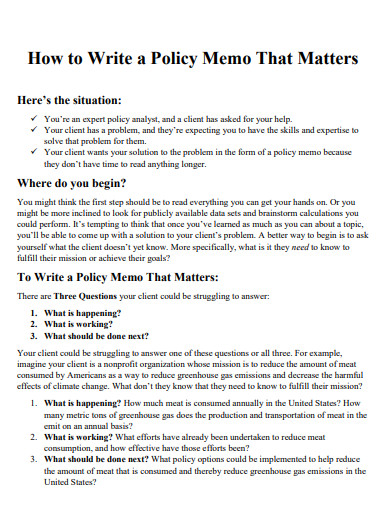
harris.uchicago.edu
8. Policy Memo Format
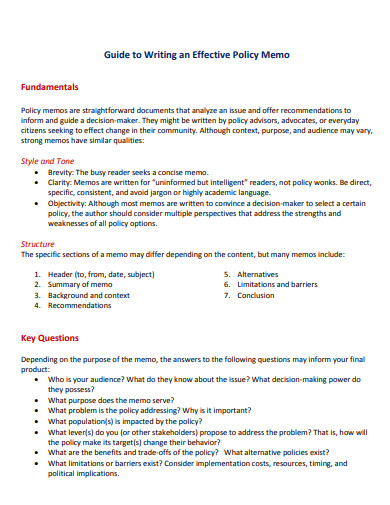
educationalequity.org
9. Policy Memo Executive Summary
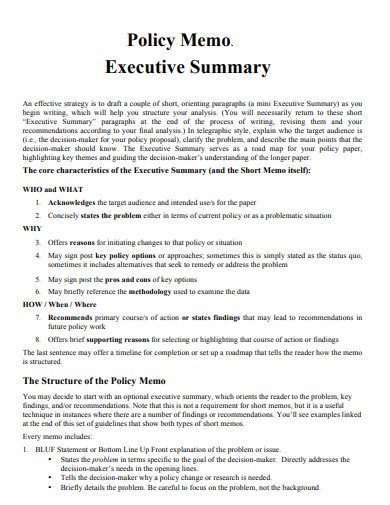
law.stanford.edu
10. Policy Memo Outline
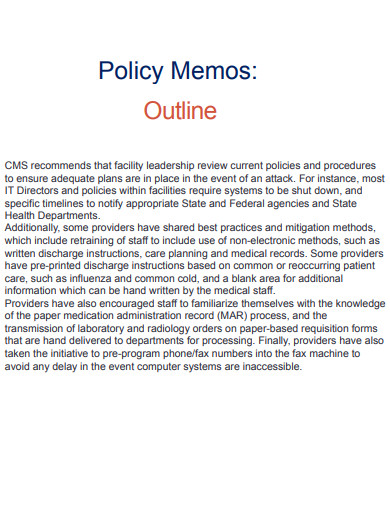
gwc.gsrc.ucla.edu
11. Covid 19 Policy Memo
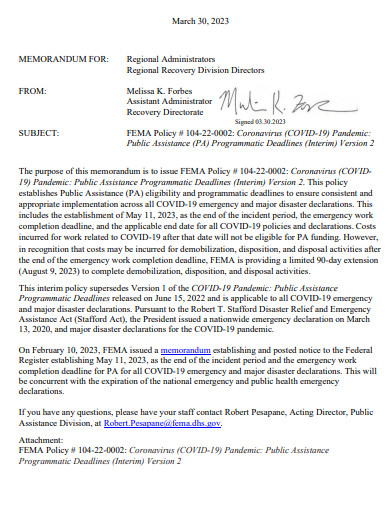
fema.gov
12. Policy Memo Brief
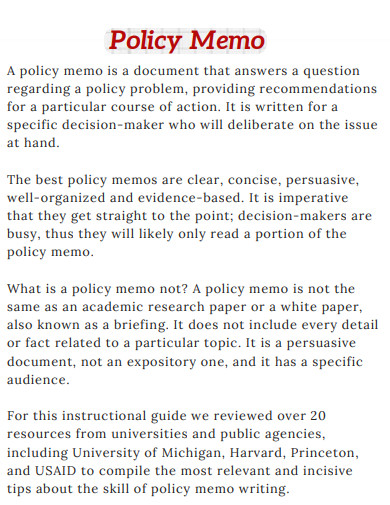
in.ewu.edu
13. Policy Memo Education
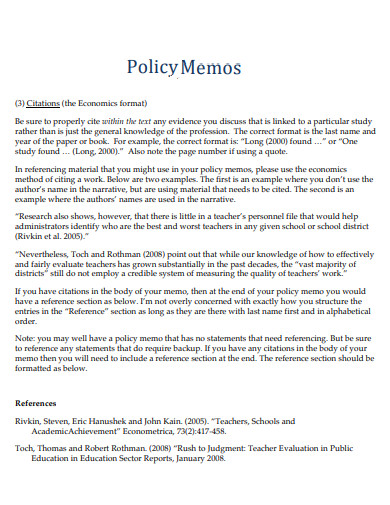
images.template.net
14. One Page Policy Memo
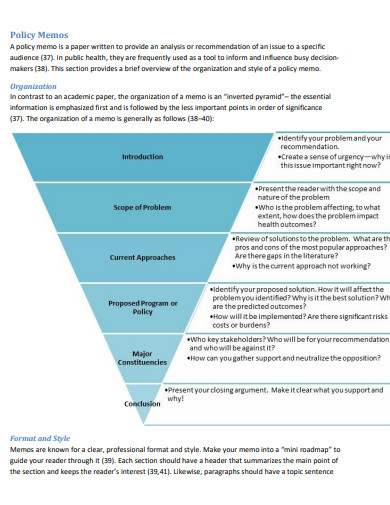
publichealth.charlotte.edu
15. Public Health Policy Memo
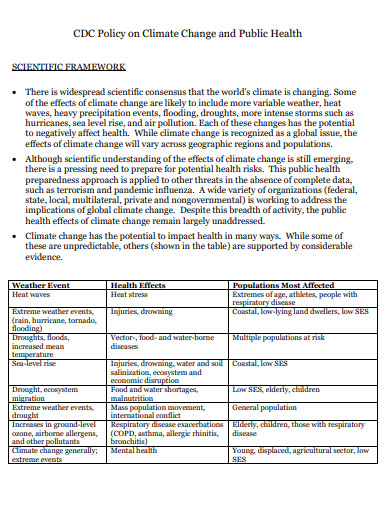
cdc.gov
16. School Policy Memo
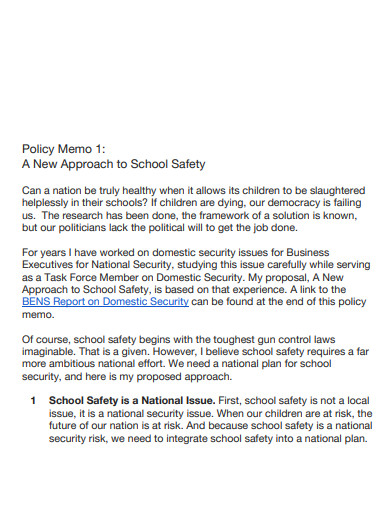
assets.ctfassets.net
17. Political Policy Memo
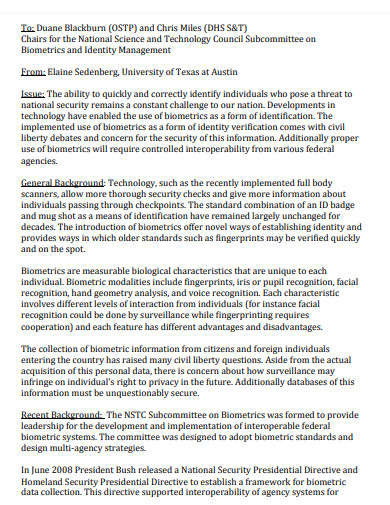
laude.cm.utexas.edu
18. Healthcare Policy Memo
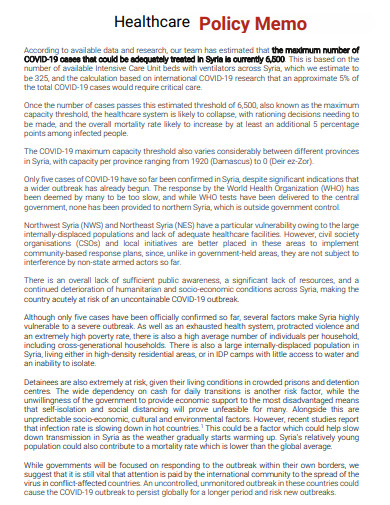
eprints.lse.ac.uk
19. Policy Memo Cover Page
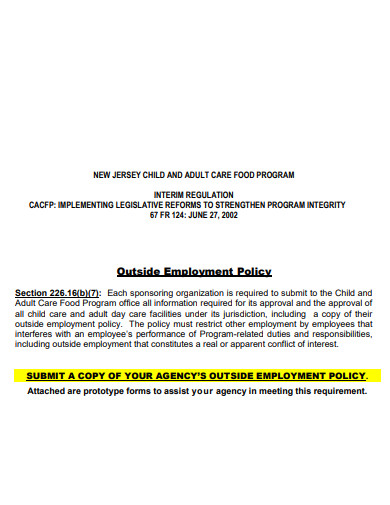
nj.gov
20. Policy Memo Structure
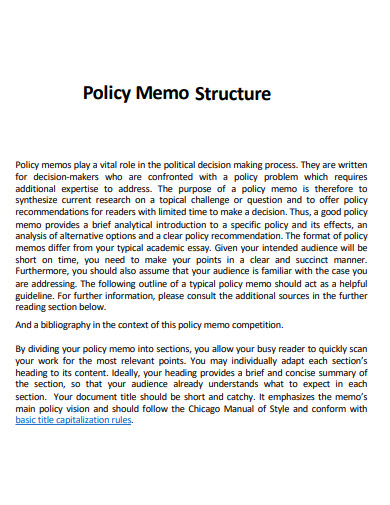
esthinktank.com
21. Policy Memo Problem Statement
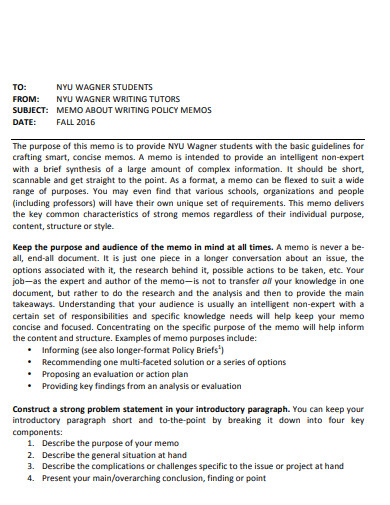
wagner.nyu.edu
22. Policy Memo Uniform
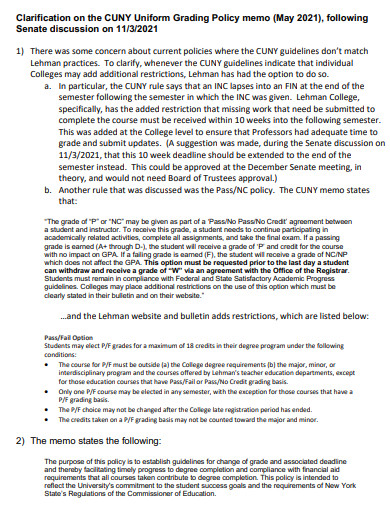
lehman.edu
23. Policy Memo Immigration
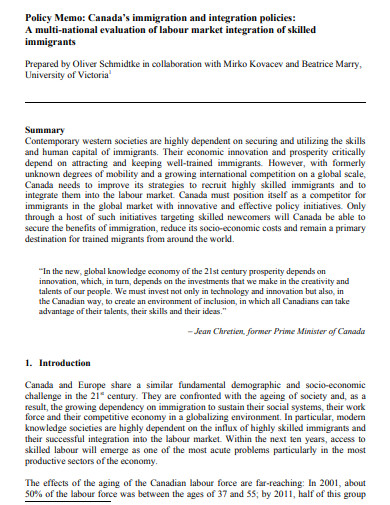
carleton.ca
24. Government Policy Memo
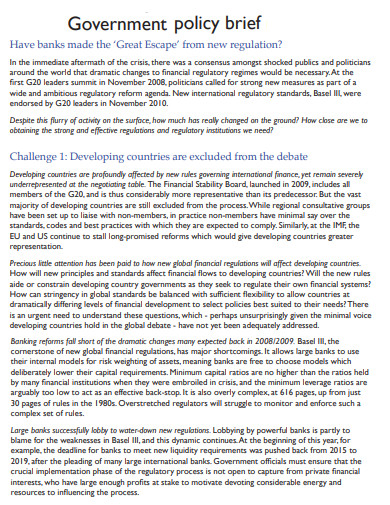
bsg.ox.ac.uk
25. Business Policy Memo
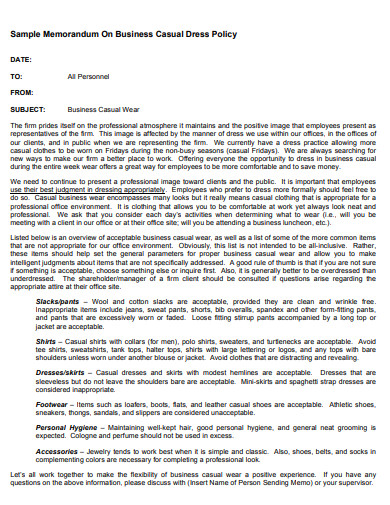
calcpa.org
26. Policy Memorandum
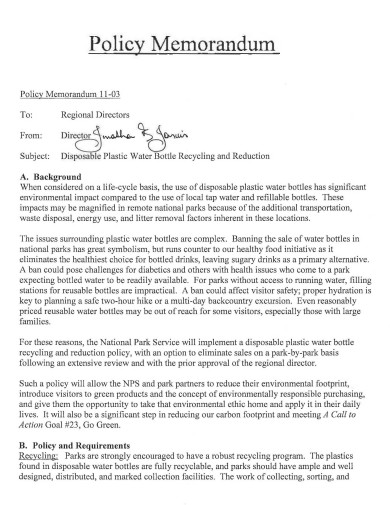
shorensteincenter.org
27. Internal Policy Memo
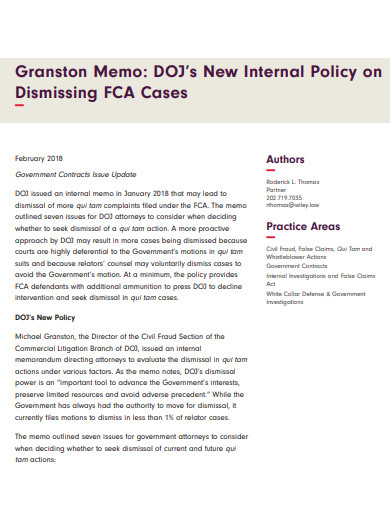
wiley.law
28. Simple Policy Memo
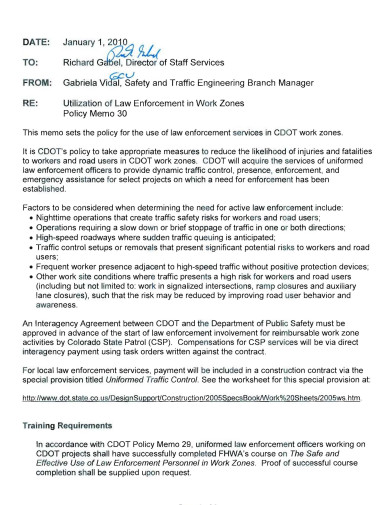
codot.gov
29. Amendments to Policy Memo
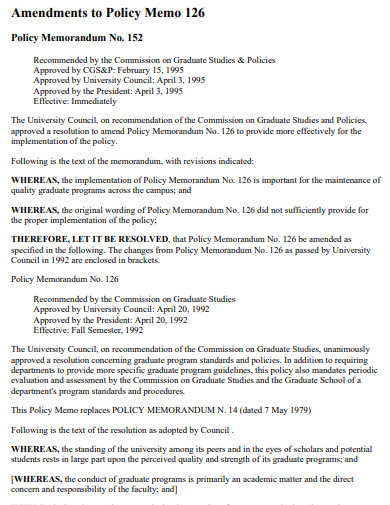
policies.vt.edu
30. General Policy Memo
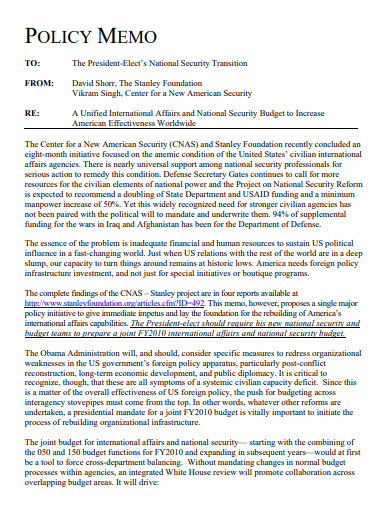
stanleycenter.org
31. Individual Short Policy Memo
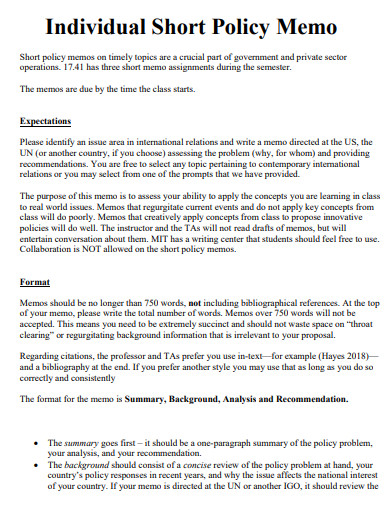
mitocw.ups.edu.ec
What is a Policy Memo?
A policy memo, also known as a memorandum, is a document used to communicate important policies, procedures, or decisions within an organization. It presents concise information and analysis, highlighting the rationale behind the policy and its implications. Policy memos are typically used to inform and guide decision-making processes, ensuring consistency and effective implementation of organizational policies.
How to Create a Policy Memo
Before we delve into the steps, it’s important to note that the software applications mentioned here may have slightly different interfaces and functionalities. However, the overall process of creating a policy memo remains similar. Let’s explore the step-by-step guide for creating a policy memo using Word, Google Docs, Apple Pages, or PDF.
Step 1: Select the preferred software application
Choose the software application that best suits your needs and familiarity. Options include Word, Google Docs, Apple Pages, or PDF. Each application offers unique features, so select the one that aligns with your requirements.
Step 2: Open a new document
Launch the chosen software application and create a new document. Look for the option to start a blank document or utilize existing memo templates available within the application or online.
Step 3: Format your memo
Follow the standard memo format by including a header with the recipient’s and sender’s information, a subject line, and the date. In the body of the memo, clearly state the purpose, background, analysis, and any recommendations or actions. Use bullet points, subheadings, or numbered lists to enhance readability.
Step 4: Customize and personalize your memo
Tailor the content of your memo to address the specific policy, procedure, or decision. Provide supporting evidence, data, or examples to bolster your arguments. Consider using examples from memo incident report examples, memo report examples in PDF, or financial policy examples in PDF for guidance and inspiration.
Step 5: Review and proofread
Before finalizing your policy memo, review and proofread it thoroughly. Ensure clarity, coherence, and consistency in your writing. Verify that the memo adheres to the desired format and that all relevant information is included.
FAQs
Are there templates available for policy memos?
Yes, most software applications offer memo templates that can be customized to suit your needs. You can also explore online resources that provide a wide range of memo-writing examples and templates to choose from.
What is the purpose of a policy memo?
The purpose of a policy memo is to communicate important policies, procedures, or decisions within an organization. It serves as a tool for informing and guiding decision-making processes, ensuring consistent implementation of policies.
Can I use policy memos for external communications?
Yes, policy memos can be utilized for external communications, such as sharing policies with stakeholders or governmental entities. In such cases, it is essential to ensure clarity, transparency, and professionalism in the memo’s content and formatting.
Creating policy memos becomes more convenient and efficient with software applications like Word, Google Docs, Apple Pages, and PDF. By following the step-by-step guide outlined in this article, you can craft well-structured and impactful policy memos for various purposes. Remember to customize your memo according to the specific policy or decision and make use of available resources, such as executive memo examples or memorandum of agreement examples, for additional guidance. Embrace the versatility of these applications and produce professional policy memos that effectively communicate your organization’s objectives and decisions.


